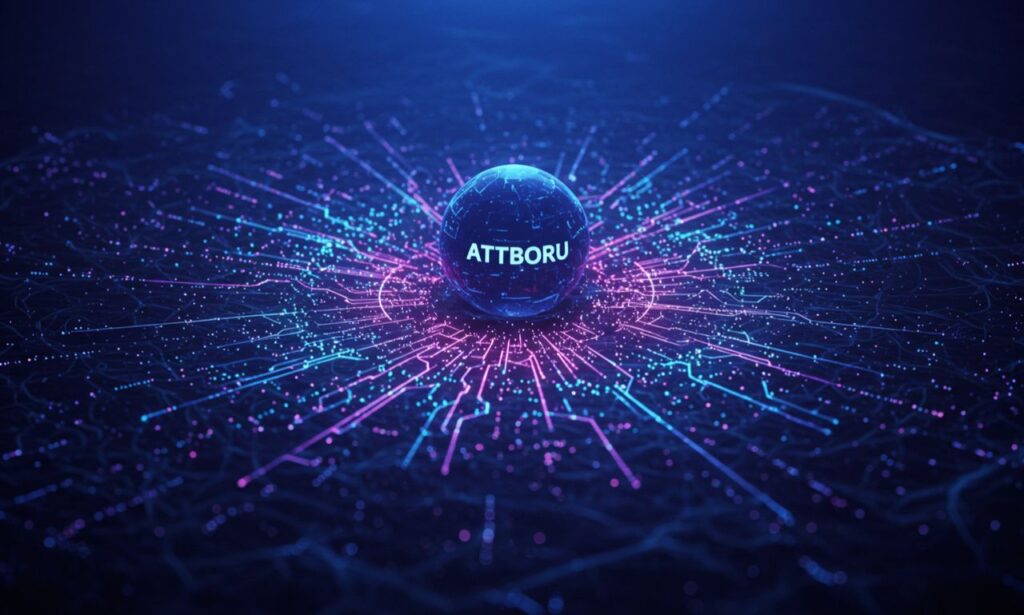In an age where data moves faster than ever and cyber threats evolve daily, new tools are required to stay ahead. One of the most talked-about innovations in recent months is ATFBoru—an advanced digital intelligence platform that blends network surveillance, machine learning, and collaborative defense.
Unlike typical cybersecurity tools, ATFBoru doesn’t just react; it predicts, adapts, and evolves in real time. Designed for both government intelligence agencies and private sector use, it’s shaping the future of proactive cybersecurity and intelligent data operations.
This article takes a deep dive into what ATFBoru is, how it works, and why it’s gaining traction across multiple sectors.
What Is ATFBoru?
ATFBoru is a cloud-based digital intelligence framework combining AI-driven analytics, behavior modeling, and decentralized networking to monitor, assess, and respond to cyber threats and data anomalies.
The name “ATFBoru” is rumored to derive from an internal code used by a leading intelligence alliance, and while the acronym’s meaning remains undisclosed, its impact is becoming increasingly visible.
What sets ATF Boru apart is its hybrid structure: it integrates human decision-making, machine-led data processing, and secure cross-institutional collaboration in real time.
Key Components of ATFBoru
The ATFBoru platform consists of several core modules that work cohesively:
1. Real-Time Data Ingestion
ATFBoru collects structured and unstructured data from multiple sources—social media, government records, web traffic, and encrypted communications.
2. AI-Powered Threat Detection
Utilizing deep learning and anomaly detection, the system flags suspicious behaviors and suggests corrective action before threats escalate.
3. Behavioral Pattern Modeling
It uses past incident data to build predictive models for user and network behavior, enabling it to detect not just known threats but also zero-day vulnerabilities.
4. Encrypted Collaboration Layer
ATF Boru allows multiple organizations to share relevant threat data securely, without exposing proprietary or classified information.
5. Autonomous Response Engine
With administrator oversight, the system can trigger automated defensive actions, such as IP blocking, user quarantining, or sandbox activation.
ATFBoru’s Role in Cyber Defense
One of the primary uses of ATFBoru is national and enterprise-level cyber defense. Its dynamic learning model allows it to recognize patterns associated with:
-
Advanced Persistent Threats (APTs)
-
Phishing campaigns and malware distribution
-
Insider threats and credential misuse
-
DDoS attacks and infrastructure probing
Governments, critical infrastructure operators, and even high-risk industries like finance and healthcare use ATF Boru to detect cyber threats early and coordinate rapid responses across departments and regions.
The Evolution of ATFBoru Technology
While ATF Boru is a recent name in public discussions, the technology behind it has evolved over years of research and field testing. The architecture draws inspiration from:
-
Neural networks in biological systems, mimicking how organisms process environmental threats
-
Zero Trust architecture, enforcing rigorous identity verification across access points
-
Federated learning models, allowing cross-institutional data analysis without transferring sensitive datasets
This evolution makes ATFBoru uniquely scalable, adaptable, and secure—key factors in modern digital ecosystems.
How ATFBoru Enhances Decision-Making
In addition to defensive capabilities, ATFBoru plays a major role in data-driven decision-making. Here’s how:
Strategic Intelligence
By aggregating vast data streams and identifying trends, ATFBoru helps leaders make informed policy or investment decisions.
Operational Efficiency
ATFBoru automates threat analysis, significantly reducing human workload and increasing response times.
Risk Forecasting
The platform generates forward-looking risk assessments based on historical data and predictive modeling, helping teams prepare for future threats.
Real-World Applications of ATFBoru
1. Government Intelligence
Used by national security agencies to track hostile foreign activity, cyber-espionage campaigns, and digital propaganda efforts.
2. Corporate Security
Large enterprises implement ATFBoru to protect customer data, intellectual property, and internal communication networks.
3. Critical Infrastructure Monitoring
Energy grids, water systems, and transport networks benefit from ATFBoru’s continuous monitoring and threat prediction capabilities.
4. Law Enforcement and Digital Forensics
Assists in identifying and tracing cybercriminals by analyzing digital footprints and metadata from seized devices or networks.
Ethical Considerations and Data Privacy
With great power comes great responsibility. The capabilities of ATFBoru bring forward important ethical questions:
-
Data Sovereignty: How is cross-border data sharing regulated?
-
Surveillance Concerns: Could ATFBoru be used to monitor citizens unlawfully?
-
Bias in AI Models: Does the system unfairly flag certain behaviors due to flawed training data?
To address these, developers and regulators are working to enforce strict ethical guidelines, transparency policies, and regular auditing of the system.
Future of ATFBoru
As the digital landscape continues to evolve, so will ATFBoru. Predicted developments include:
-
Integration with quantum encryption for secure data sharing
-
Expanded open-source modules for wider adoption
-
AI ethics dashboards that alert users to questionable system decisions
-
Cloud-native edge deployment, allowing operations in low-latency or remote environments
The continued evolution of ATF Boru suggests it will become central not only to cybersecurity but to broader fields like AI governance and international diplomacy.
Getting Access to ATFBoru
Currently, ATFBoru is available through enterprise and government licensing. However, discussions are ongoing about releasing a scaled-down version for academic and small business research.
Interested parties can reach out to authorized tech partners or government cybersecurity departments to inquire about demos, trials, or full deployments.
Final Thoughts on ATFBoru
ATFBoru represents a critical step forward in intelligent, proactive cyber defense. In a world where threats can emerge from anywhere and evolve rapidly, having an adaptable, AI-powered system like ATF Boru isn’t just beneficial—it’s essential.
By blending human expertise, machine intelligence, and collaborative frameworks, ATFBoru sets a new standard in how digital security, data analysis, and operational integrity are managed.
Whether you’re an enterprise CIO, a national security analyst, or simply an enthusiast of cutting-edge tech, ATF-Boru is a name to watch.







